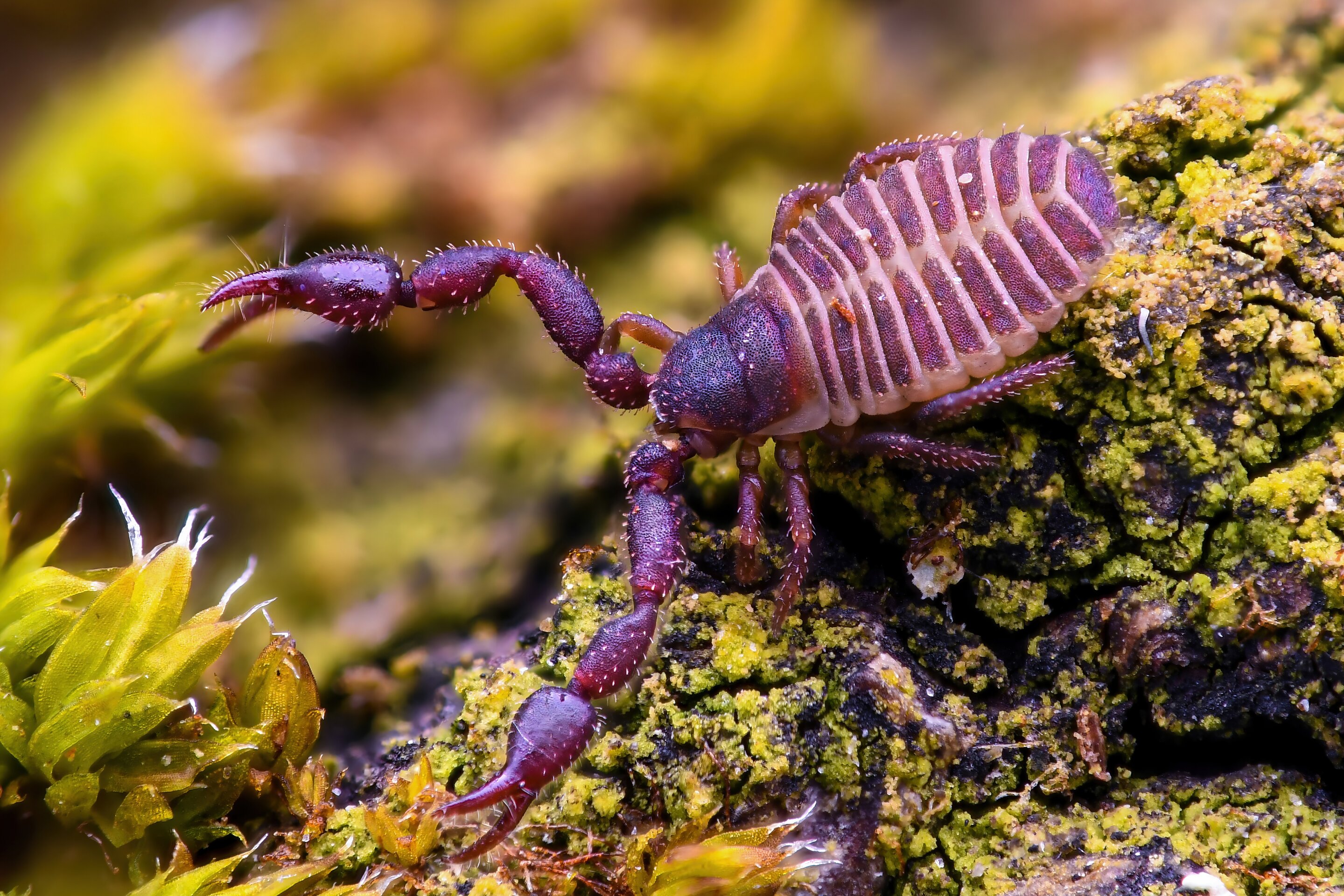Researchers find book scorpion venom effective against hospital germs
Date: 9.8.2024
The book scorpion (Chelifer cancroides), only a few millimeters long, is the best-known member of the pseudoscorpions, an order of arachnids, in Central Europe. It hunts house dust mites, bark lice and book lice in living spaces. It also kills pests in beehives. It often uses its venom to do so.
 For the first time, researchers in Hesse, Germany, have comprehensively characterized the components of this venom – and discovered molecules with a strong effect against so-called hospital germs. The results may help to combat difficult-to-treat infectious diseases in the future.
For the first time, researchers in Hesse, Germany, have comprehensively characterized the components of this venom – and discovered molecules with a strong effect against so-called hospital germs. The results may help to combat difficult-to-treat infectious diseases in the future.
Although they represent a diverse group of arachnids with about 3,000 species worldwide, pseudoscorpions – unlike scorpions – are little known and have hardly been investigated as venomous animals.
A team of Hessian researchers from the LOEWE Center for Translational Biodiversity Genomics (LOEWE-TBG) and other institutions has now succeeded for the first time in artificially producing all known members of a family of toxins from the book scorpion and investigating their activity. The family of toxins analyzed had been newly discovered in a previous study decoding the venom cocktail of the book scorpion and named "checacins."
The scientists discovered a surprisingly strong activity against a well-known hospital germ called methicillin-resistant Staphylococcus aureus (MRSA).
Image source: Louis Roth.























